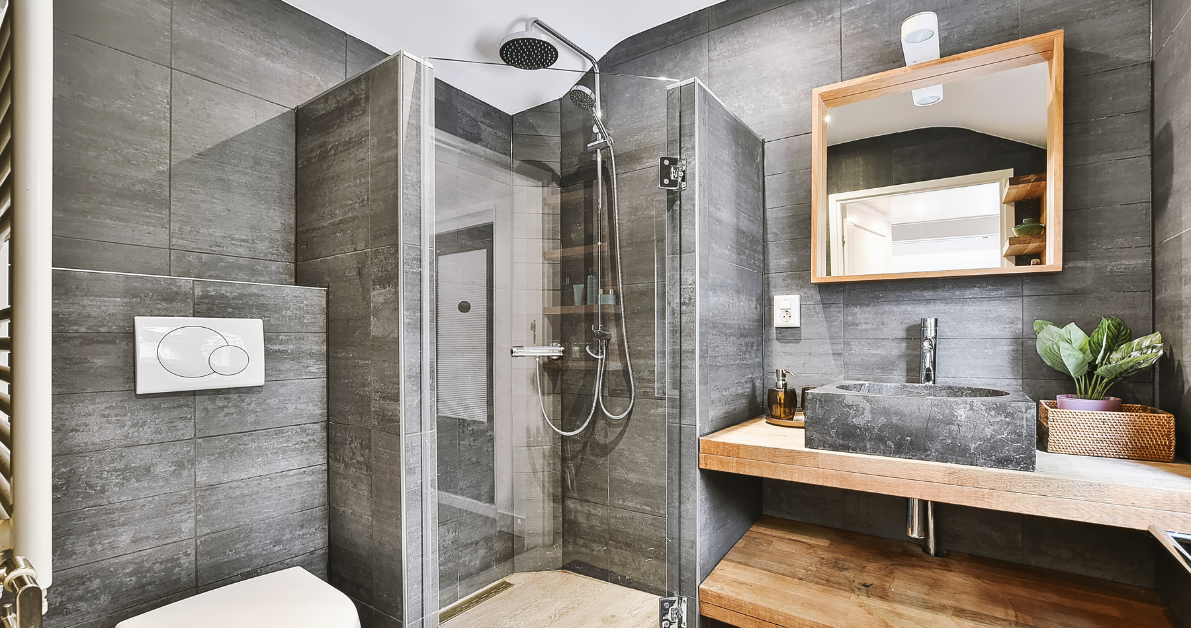Real Estate Myths Debunked: Where to Invest in Your Home Today
The real estate market in 2024 is a landscape of contrasts. With rising interest rates and fluctuating home prices, homeowners and investors alike are questioning where to invest their money for the best return. To shed light on these issues, we spoke with Matt Muscat, Marketing Director at Treadstone Mortgage, a leading mortgage broker based in Grand Rapids, MI. Muscat provided valuable insights into today’s challenging market and how strategic home renovations can increase ROI—if done wisely.
There’s a lot of bad financial advice out there about buying homes and investing in renovations. People think, ‘As long as I put money into my home, I’ll get it back,’ but that’s just not true.

When it comes to homeownership, common wisdom has often suggested that any money put into a home will result in profit down the road. Muscat is quick to dispel that myth.
“There’s a lot of bad financial advice out there about buying homes and investing in renovations,” Muscat explained. “People think, ‘As long as I put money into my home, I’ll get it back,’ but that’s just not true.”
This kind of advice can lead homeowners down a costly path, particularly in today’s market where not all improvements lead to higher home value. Instead, Muscat advocates for a more strategic approach, tailored to the market’s demands.
Where to Invest in Your Home

One of the most frequent questions homeowners face is where to invest in their property to maximize value. Muscat’s recommendation is clear: focus on the areas buyers care about the most—kitchens and bathrooms.
“If you’re going to put money into your house, kitchens and baths are where it’s at,” he said. However, he warns of potential pitfalls. “People often overspend on these renovations, thinking that they can’t go wrong, but the truth is you need to be mindful of the market you’re in. Over-improving your house can actually hurt your ROI.”
Muscat emphasized that renovations should be in line with what’s typical in the local market. In Grand Rapids, for example, homes priced 10% below the median are selling quickly, often sparking bidding wars, while high-end properties are stagnating. “The best houses are still seeing bidding wars, but many others are just sitting,” he noted.
A Tale of Two Markets
Muscat painted a picture of a real estate market that’s split in two. On one hand, affordable homes in good condition are flying off the market, often going for more than the asking price. On the other hand, properties priced above the median, particularly those requiring significant work, are languishing.
“Right now, the market is really tough for both buyers and sellers,” Muscat explained. “Sellers with homes that are priced fairly and don’t need major work are seeing fast sales. But for houses that are overpriced or need a lot of fixing up, it’s a waiting game.”
This trend is being driven by several factors, including higher interest rates and a shift in buyer preferences. “Many buyers, especially investors, aren’t biting on homes that need a lot of work, especially with today’s high material and labor costs,” he added.
The Rise of the Young Homebuyer

Surprisingly, one of the more dynamic forces in today’s real estate market is Gen Z, a demographic that Muscat says is making moves despite high home prices and interest rates.
“We’ve seen a lot of young buyers under the age of 25 coming into the market,” he said. “They don’t have the same hesitation as Millennials, who remember when rates were much lower. These Gen Z buyers are getting deals, sometimes $50,000 below asking, and they’re turning around and renting out rooms to their friends. They’re covering their mortgage while still building equity.”
This willingness to take risks and get creative with their investments is reshaping the market in unexpected ways. According to Muscat, this younger generation is picking up properties that older buyers are passing on, finding value in homes that may need a little extra work but offer significant long-term rewards.
Real Estate Financing: What Homeowners Need to Know
When it comes to financing home improvements, the current economic landscape presents new challenges. Many homeowners who secured low mortgage rates in the past are reluctant to refinance at today’s higher rates, even though they want to tap into their home’s equity.
Muscat advised, “If you’re sitting on a good rate, pulling out a home equity line of credit (HELOC) is often a better option than a full cash-out refinance.” He explained that while a HELOC may come with a higher interest rate, the flexibility it offers can make it a smart choice for those looking to finance home improvements or even fund additional real estate purchases.
For those considering refinancing, Muscat cautioned that the process is more expensive than it used to be. “Refinancing now could take you four or five years to recoup the costs, so you really need to think long-term before making that move.”
Looking Ahead: The Future of Home Renovations and Real Estate
As the real estate market continues to evolve, Muscat believes that homeowners who are smart about their renovations and financing will still see strong returns. However, he emphasized the importance of aligning home improvements with the realities of today’s market.
“In the end, it’s about knowing your market and making strategic decisions. The right renovations in the right price range can make all the difference, but you have to be savvy,” Muscat said.
Whether you’re a homeowner looking to upgrade your kitchen or an investor eyeing a rental property, Muscat’s advice is clear: do your homework, stay mindful of market trends, and invest where it counts.






